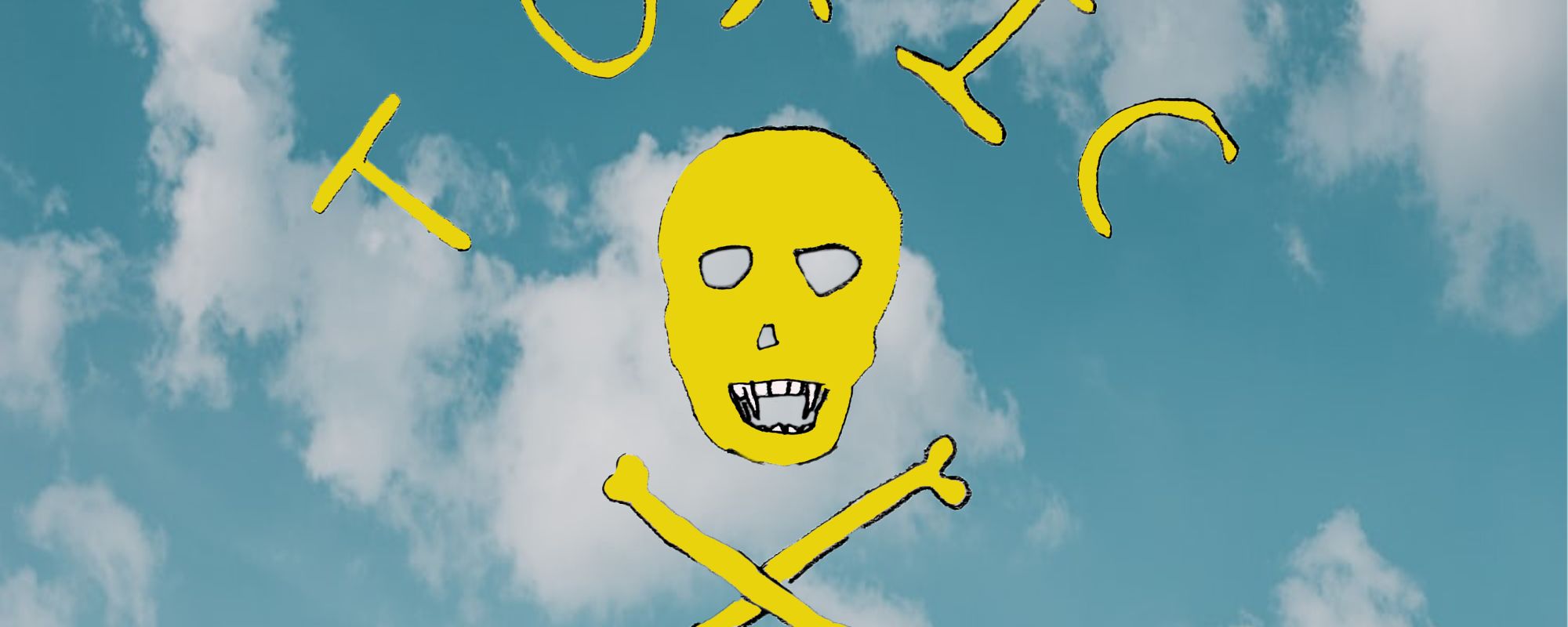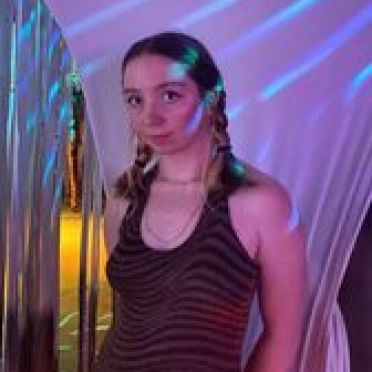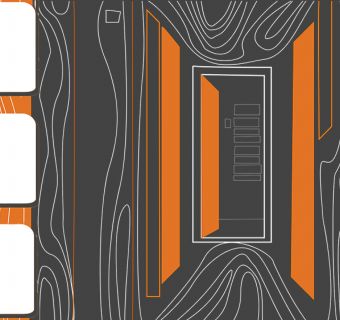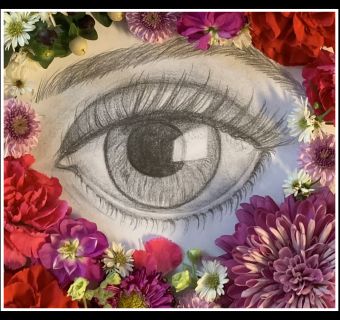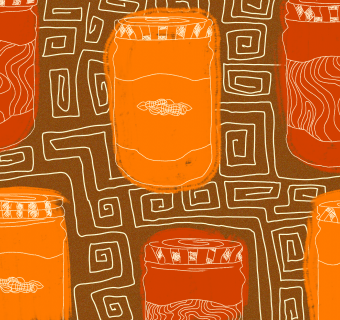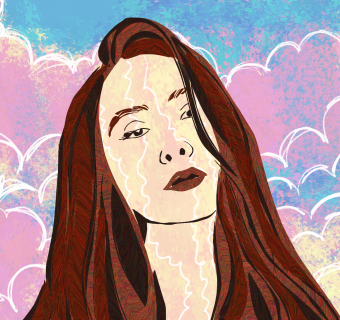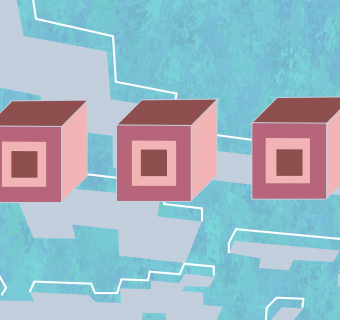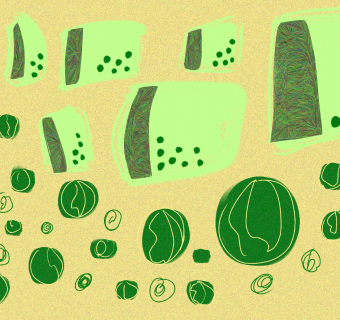Whenever I read, watch, or play different forms of post-apocalyptic fiction, I always end up wondering what I’d do if I were in these worlds, whether they be ravaged by nuclear blasts, invaded by aliens, or torn apart by natural disaster.
Honestly, I think I’m just not that tough. All I want to do is lay in bed! A single shift at my job takes me out for the rest of the day. I have no upper body strength; I’ve never shot a gun; if you asked me to forage for food I’d probably eat the poisonous mushrooms – nevermind, I don’t even like eating mushrooms. I would starve, or get infected by a zombie, or brutally killed by an alien. Maybe rival factions of surviving humans would hunt me down in a nuclear landscape.
For some people, watching superheroes or playing as a freedom fighter might be some kind of escapism or power fantasy, but for me, it’s a reminder that I really probably wouldn’t survive too long.
Despite always doing so, I don’t like imagining myself in the body of someone living in these dystopias. For some people, watching superheroes or playing as a freedom fighter might be some kind of escapism or power fantasy, but for me, it’s a reminder that I really probably wouldn’t survive too long. I rarely seek these stories out. Still, when I find myself in front of a piece of this genre, I can’t look away.
I’ve seen a few disaster movies – I guess I could call myself a fan of Mad Max: Fury Road. I have fond memories of watching my brother play games like Half Life 2 and other disaster-oriented and post-apocalyptic video games. I’ve binge watched Umbrella Academy, which follows a dysfunctional family of superheroes–a term used loosely– try to avert a different apocalypse every single season, ultimately dooming the world with an even worse apocalypse. I like each of these pieces of media, but I don’t love them.
Currently the TV adaptation of The Last of Us is stunning viewers with its stories of human connection and loyalty amid a fungal-based zombie apocalypse – I now log on to twitter every day to see nothing but love for it. The third episode received rave reviews for slowing down the arc of the story to focus on the tragic love story of two otherwise minor characters. We as viewers often connect with the depth and meaning of human connection when the world is otherwise going to shit.
Much of the art in these genres has stunning worldbuilding, poignant character interactions. These stories tend to be fantastical, impractical, even preposterous, but below the surface of my self-insert, I feel an uneasy glimmer of reality. I look, and then I look away. I don’t want to have to think too hard about surviving an apocalypse.
I’ve taken classes, read the news; every time, I feel like I’m frozen in time, like I’ll die before I can even see what happens. I can barely let myself imagine it.
Have you checked the weather recently?
I could cite stats all day of how the globe is indeed warming, but instead I’ll just ask: wasn’t there more snow when you were a kid? Do you remember California burning every year, or is that a new thing? Do you think everything is normal, that everything is fine?
I’m not citing stats here for personal reasons, too. I don’t really feel like looking them up. I’ve taken classes, read the news; every time, I feel like I’m frozen in time, like I’ll die before I can even see what happens. I can barely let myself imagine it.
In these stories, we construct countless fantasies of ways we ruin our civilization or some outside source ruins our civilization. These ideas have existed for decades; they aren’t really new.
Think of Dr. Strangelove, the 1964 black comedy about the United States more or less accidentally nuking the Soviet Union, leading to certain nuclear warfare. There was a whole genre of 1980s films invoking nuclear destruction, from Fat Man and Little Boy to at least a couple James Bond movies. For the baby boomer generation, the threat of nuclear war was ever present. To this day, the nuclear fallout shelter sign still hangs at my local post office.
Now, the threat has changed. Think of Spider-Man. The classic story is that Peter Parker is bitten by a radioactive spider, echoing anxieties about the Cold War, but in a newer iteration, the spider is a GMO, revealing newer fears about science and our environment.
It’s hard to envision a new system, or a world where politicians are willing to make a new system happen.
I have a sense, though, that my generation feels a little bit more doomed than most. For us, it’s not about the villainous Soviet Union nuking us and whether or not our president is heroic enough to stop it. My generation has just as many villains as previous generations – if not more (Elon Musk, Bolsonaro, Putin, as many bad guys as you please) – but there’s a sense that because these problems are largely systemic, there’s no getting out of it. It’s not simplistic good vs evil, it’s humanity vs itself.
I could reduce my carbon footprint, or protest for the government to do something, but climate change is so much more vast than that. The entire industrial system we live in and rely on will kill us, and even for most people who want something to be done about climate change, it’s hard to envision a new system, or a world where politicians are willing to make a new system happen.
At what point do the politics change?
I can’t answer that. All I feel I can do is stare.
In the art that we make and consume, we see a million different ways to bring about our doom. It’s intoxicating. But when it comes to our own doom, we can really only look away.

